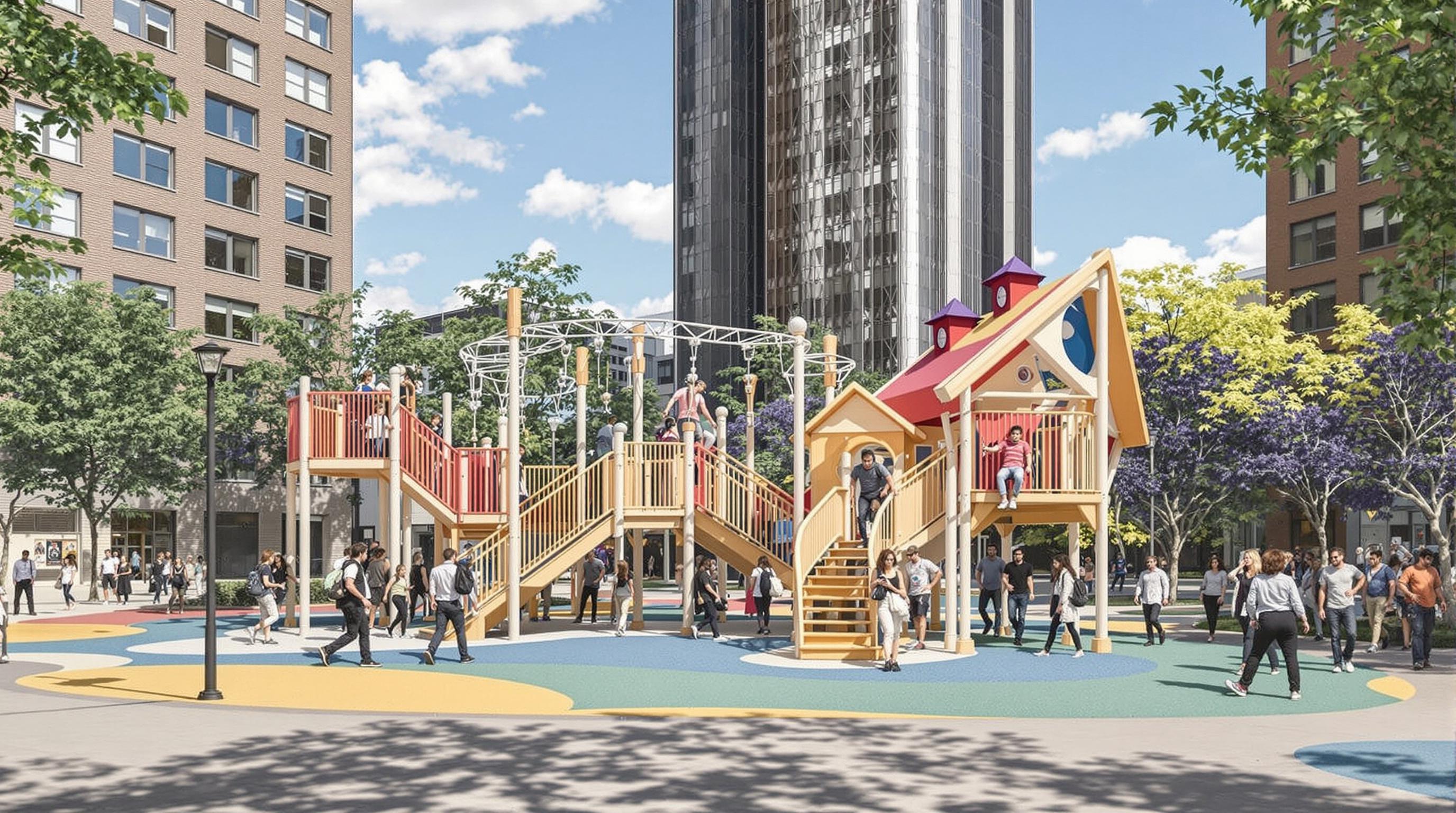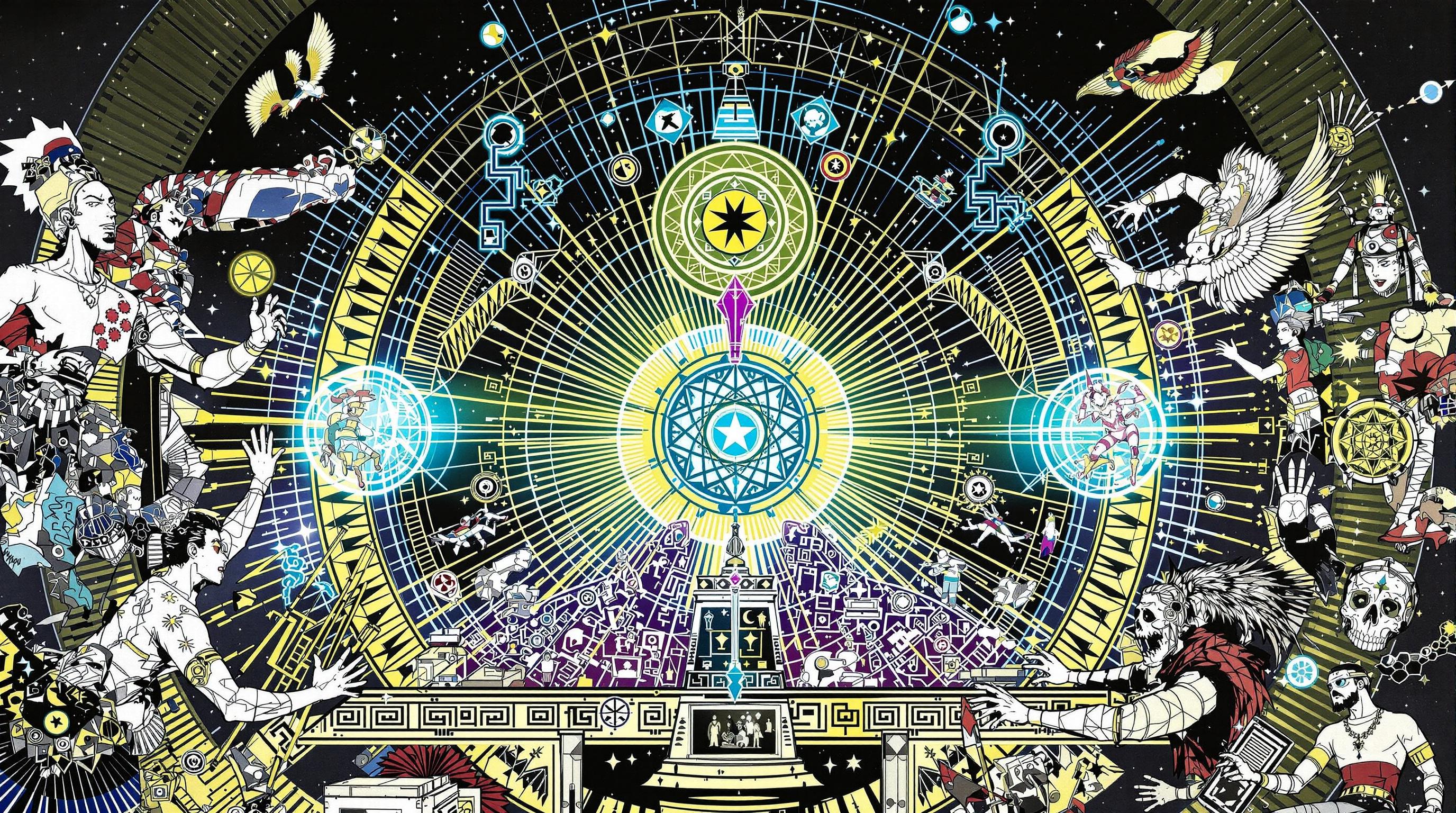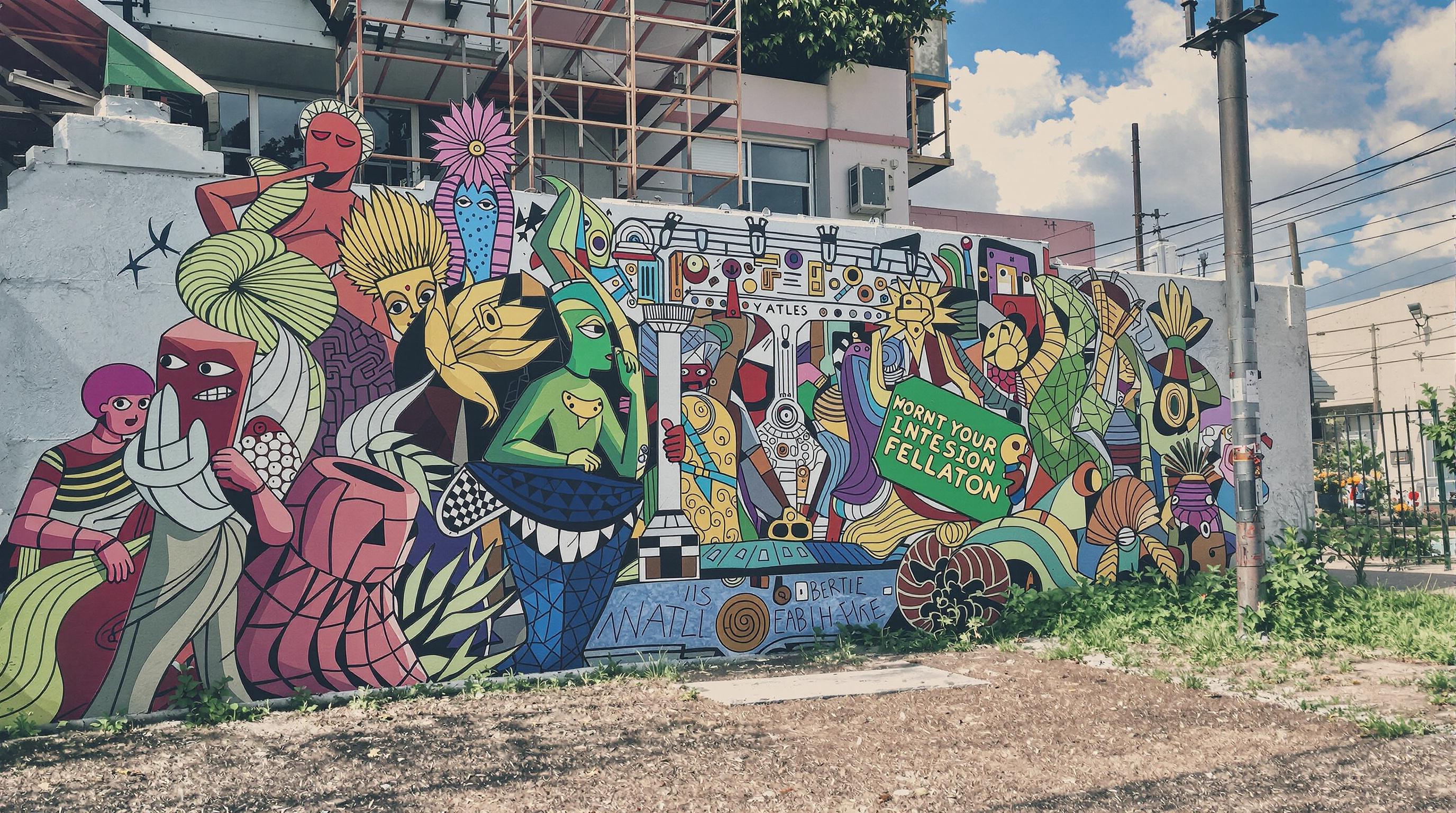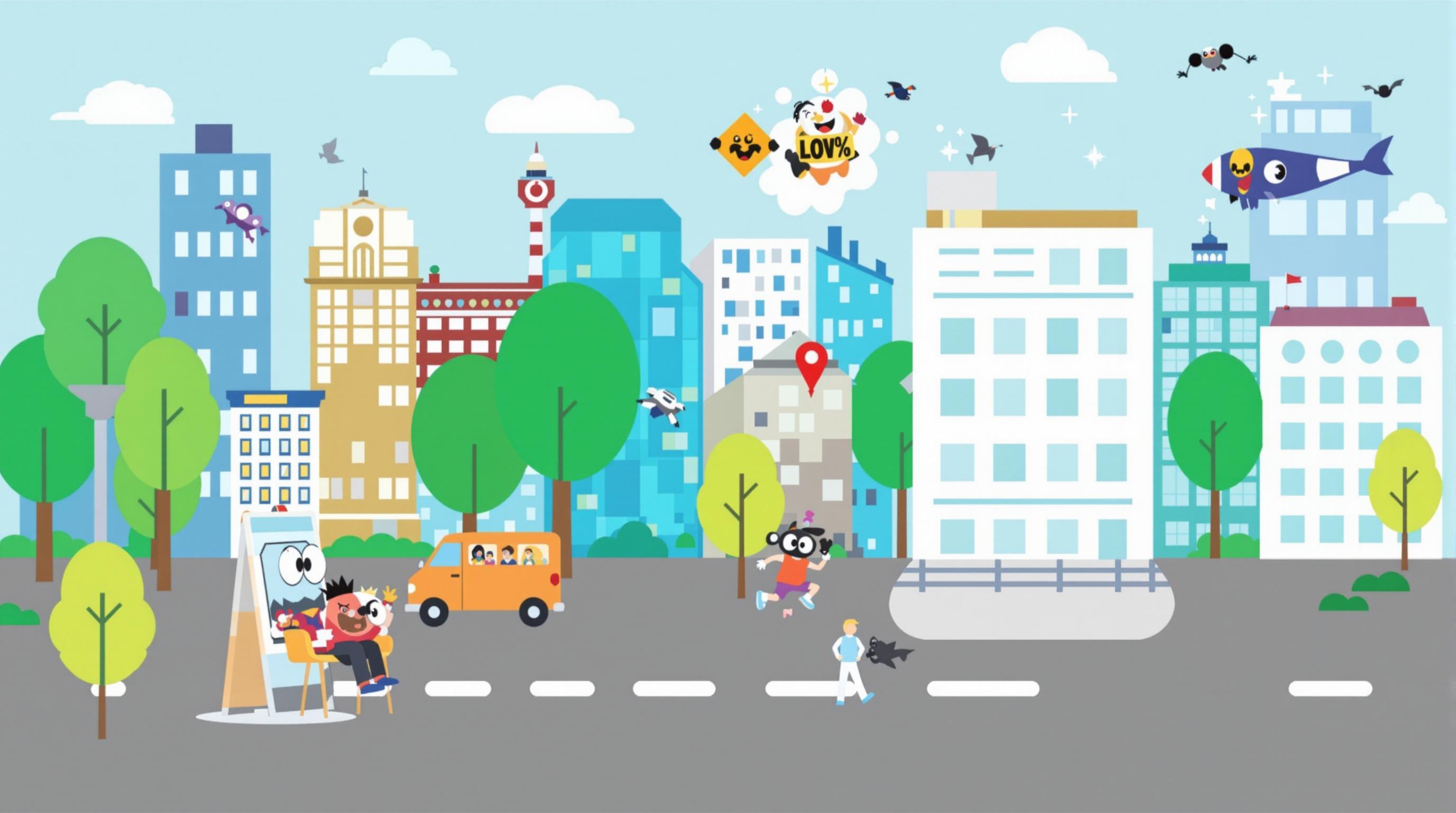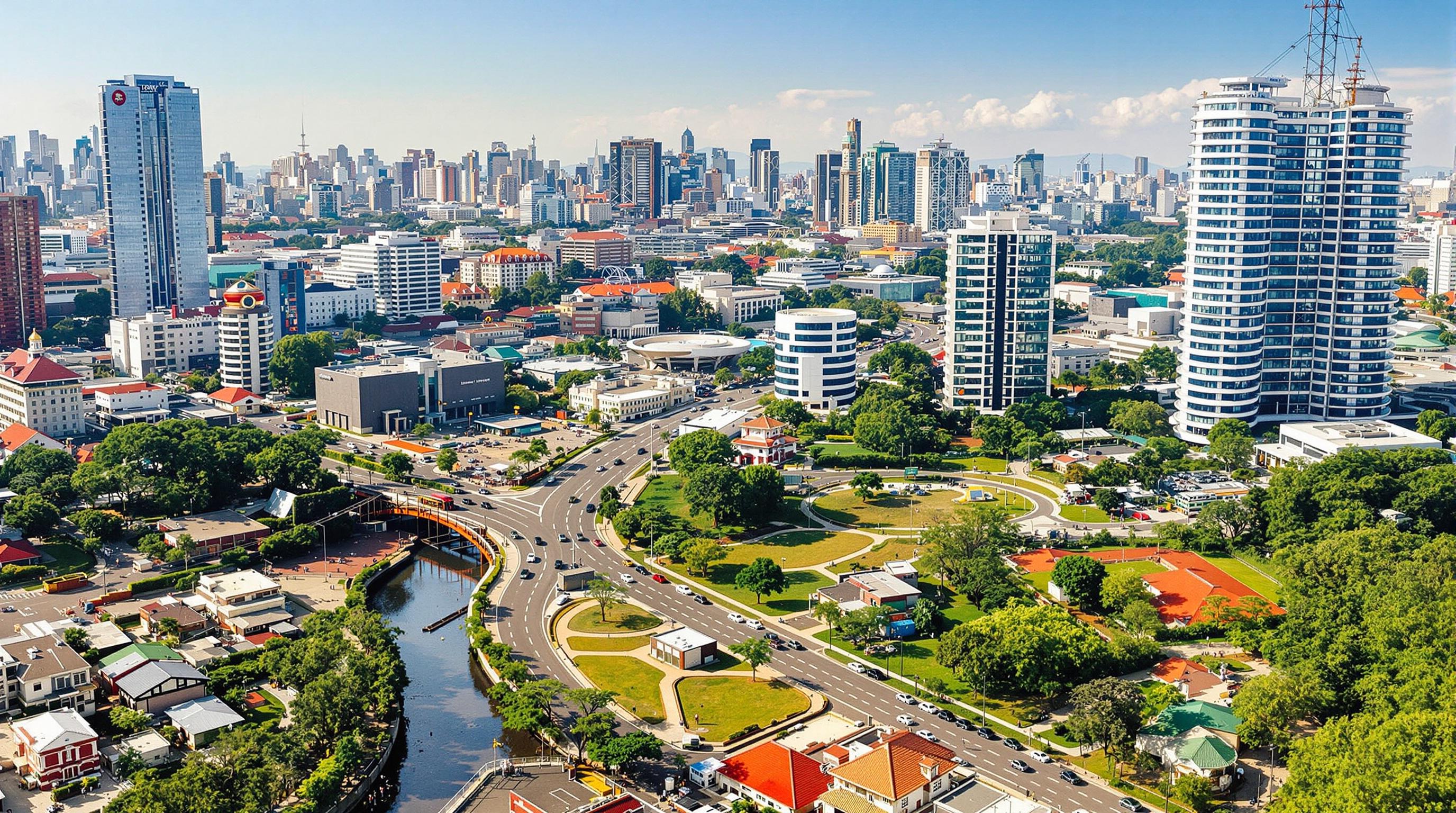Related Articles
- Harnessing Nostalgia: How Memory Mapping Can Inspire Innovative Urban Infrastructure Solutions
- Revealing the Invisible: How Urban Legends Influence Public Perception of Infrastructure Projects
- Whimsical Structures: How Playgrounds Can Inspire Innovative Approaches to Urban Infrastructure Development
- The Enigmatic Impact of Dark Fiber Networks on the Future of Digital Ecosystems and Their Capacity to Scale
- Beyond the Horizon: Exploring the Impact of Cultural Nuances on Global Digital Infrastructure Expansion
- Whispers of the Future: How AI-Driven Edge Computing Redefines Network Resilience and Flexibility
Whimsical Structures: How Playgrounds Can Inspire Innovative Approaches to Urban Infrastructure Development
Whimsical Structures: How Playgrounds Can Inspire Innovative Approaches to Urban Infrastructure Development
Playgrounds are much more than just places for children to frolic; they are whimsical environments that can spark innovative ideas for urban infrastructure development. This article explores how the creativity inherent in playground design can inspire urban planners to create more engaging, functional, and delightful public spaces that foster community interaction.
Playgrounds: A Microcosm of Community Life
When you think of a playground, what comes to mind? Perhaps the laughter of children, the thrill of swinging high, or the camaraderie formed on a climbing structure. Playgrounds are a concentrated representation of community—it’s where play intersects with social interaction, creativity, and even learning.
An inspiring case study can be found in the city of Toronto. The City’s public spaces department launched a project called "Playground in the Park," converting derelict lots into vibrant play areas that engaged multiple generations. According to a report from the City of Toronto, these initiatives resulted in a **45% increase in community events** hosted in these spaces, highlighting how thoughtful design can galvanize a community (City of Toronto, 2020).
From Play to Planning: Lessons Learned
Now, think about structure for a moment. The climbing walls, the slides that spiral down to earth, the merry-go-rounds that serve as both a thrill and a dizzying whirlwind of joy—playgrounds are rich with architectural creativity. Urban planners can draw valuable lessons from this creativity. Why not incorporate playful elements into urban designs, imbuing cities with a sense of whimsy and wonder instead of cold concrete surfaces?
Imagine walking through a city where park benches resemble oversized mushrooms, where streetlights mimic the shapes of giant flowers, and where bus stops incorporate interactive installations designed for both residents and visitors. This isn’t just a flight of fancy; it could invite increased public engagement, which helps enhance community spirit and culture. Studies indicate that **public art installations** can promote social interaction among citizens by **31%** (Project for Public Spaces, 2011).
Statistics Show It’s Working
According to the National Recreation and Park Association, **85% of parents** express the belief that playgrounds serve as vital community hubs, and they contribute positively to their children's physical health (NRPA, 2021). But, this also suggests that unused public spaces can be transformed into similarly engaging environments. With public parks often perceived as Olympic-sized igloos of emptiness, redefining these spaces with whimsical features could inspire more foot traffic and spur social gatherings. Just as kids find joy in the delightful features of their playground, adults too can enjoy beautifully designed spaces.
A Case for Playfulness in Design
Would you be surprised to know that there’s a growing body of research advocating for “playful urbanism”? The concept involves designing urban spaces that encourage play and recreation, notably influenced by the work of architect and urbanist, Joan Clos. Clos stated, “Cities are never finished; they are always a work in progress, much like a playground” (Clos, 2020). This framework encourages urban planners to rethink how they can make cities shifting canvases rather than static constructs.
Consider the playful trails designed in cities like Melbourne that juxtapose city bike paths with art installations, fantasy-like sculptures, and interactive technology displays. These elements encourage citizens to explore while embracing their inner child. In regions designed with playful aspects, **user retention rates have increased by 70%** (Urban Land Institute, 2019), suggesting that whimsy impacts engagement.
The Power of Community Input
If we rely solely on top-down planning, how can we ensure that our city spaces resonate with the population they serve? Community input is vital. The design of the Trottoirs de l’Enfant project in Brussels around schools involved local children and families in the decision-making process. They expressed desires for more trees, interactive installations, and safe gathering spaces that promote play, ultimately leading to public spaces where every age group feels a sense of belonging.
Interestingly, whimsical designs can also make a point about inclusivity. Studies say that **8 in 10** children feel happier when they are part of designing their play areas, highlighting the importance of involving diverse community perspectives (The World Play Project, 2018). Incorporating these ideas into urban designs not only grants stakeholders a voice, but it also makes public areas more personable.
Surfing the Wave of Urban Whimsy
In today’s rapidly changing urban landscapes, where technology and efficiency often take precedence, we must remember the true essence of community living can be playful and lighthearted. A fantastic example is the “The High Line” in New York City, which transformed a railway track into an elevated park filled with art and greenery. Its whimsical pathways and landscaping have attracted **over 8 million visitors a year**, proving that when urban spaces are designed with imagination, they flourish (Friends of the High Line, 2022).
So, why not take it a step further? Let’s take our cues from playgrounds and childlike wonder. Let’s disrupt the monotony of urban infrastructure designed solely for functionality with spaces that invite exploration, conversation, and joy. Perhaps with these ideas, we can inspire cities all over the world to embrace a more heartfelt approach to their designs.
Humor in Urban Design: An Engaging Experience
Picture this: you’re at a park, and instead of a typical park bench, you notice a seat designed to look like a giant slice of pizza. You can’t help but chuckle and take a selfie. That’s the essence of humor in public spaces. Such designs compel passersby to engage and share in the experience of discovery—who doesn’t want to sit on a slice of pizza? It’s these whimsical elements that make spaces more than ‘just places’ to pass through; they become talking points, gathering spots, and Instagram-worthy moments.
Humor can also break down barriers. As children play and adults enjoy a laugh, it creates shared experiences that foster bonding among strangers. A study from the University of Michigan found that people who engage in humorous interactions are **25% more likely** to form friendly connections than those who don’t (University of Michigan, 2021). Design that incorporates humor and whimsy can thus help combat the isolation so prevalent in urban settings today.
Conclusion: Toward a Whimsical Future
Urban infrastructure holds the capacity to evolve from strictly functional to whimsically welcoming. As we look to the future, let us incorporate lessons from whimsical playground designs to make our cities not only more liveable but also more enjoyable. Cities should be places of joy—where children feel free to play, adults feel inspired to reconnect, and everyone feels a spark of community.
Let’s take about half of that engineer’s blueprint and toss it in the air for a sprinkle of creativity. In a world filled with urban sprawl and monotonous architecture, the need for playfulness is ever-pressing. Together, let’s dare to dream of cities reimagined and celebrate the imaginative power of whimsical structures—those that can turn our mundane daily commutes into delightful experiences shared amongst neighbors, friends, and strangers alike. After all, who wouldn’t want to play adult version of “hide and seek” with city planners? Let the joy of creativity spark the future of our cities!
